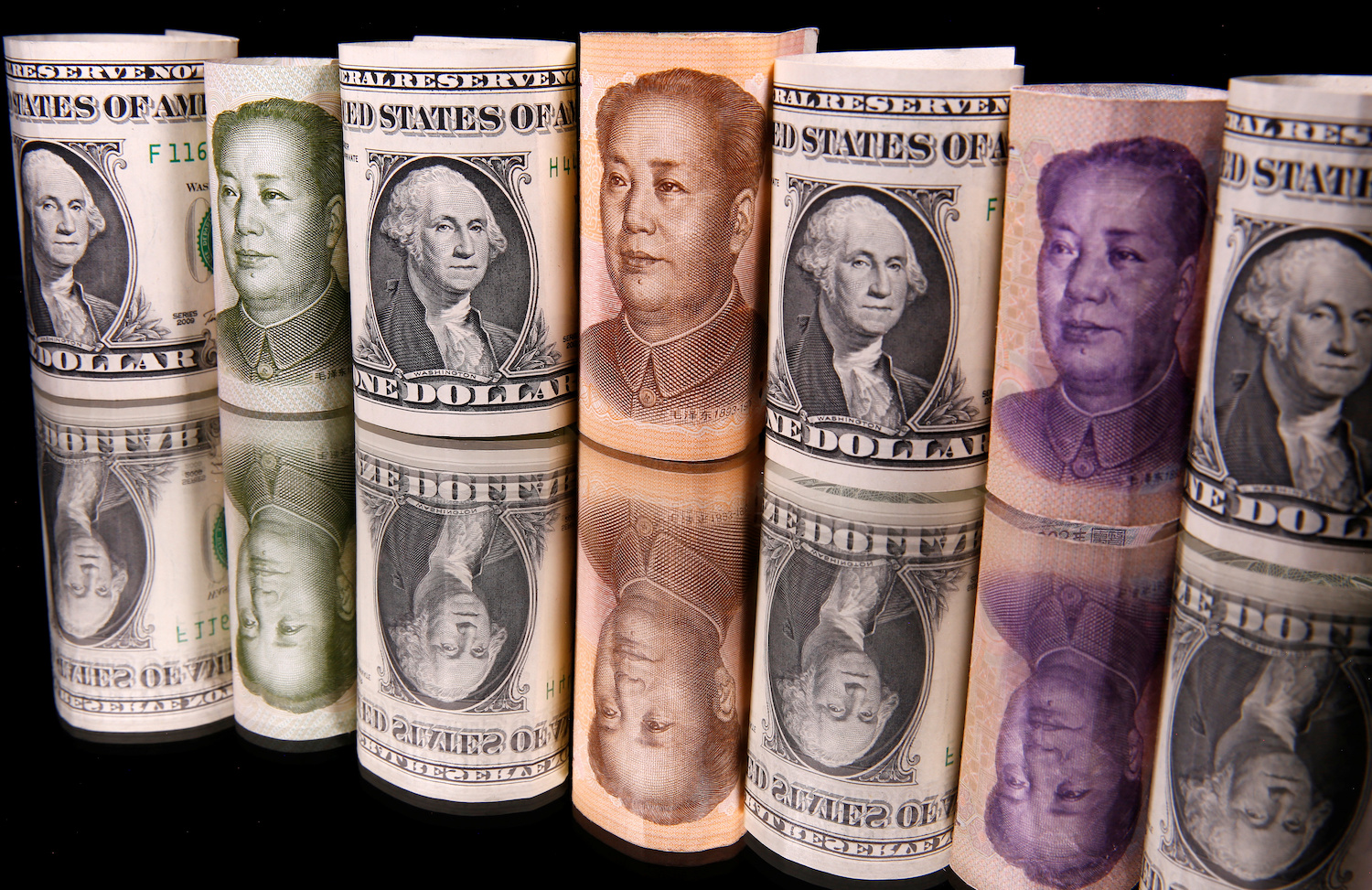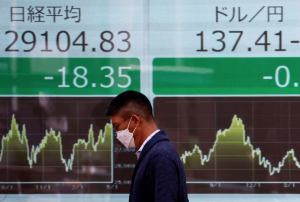(ATF) Hong Kong: Asian markets advanced following sustained recovery signs from the world’s second largest economy where the strong yuan allowed consumers to import more foreign goods.
China’s imports surged 13.2% year on-year in September from a contraction of 2.1% in August underpinned by the yuan’s 1.7% gain last month.
“Imports surged, led by autos and agricultural products,” Barclays economists said in a note. “We expect the strength to persist into Q4, although likely with a slower pace of improvement. Imports of agricultural products recovered in September, likely reflecting China’s efforts to purchase more US goods.”
Stripped off the commodity price increases, volume expansion also drove imports, they said. They estimated iron ore imports rose 9.2% and crude oil increased 17.6%.
Japan’s Nikkei 225 index edged up 0.18%, Australia’s S&P ASX 200 advanced 1.04% and China’s CSI300 added 0.33%. Trading in Hong Kong was suspended due to a typhoon.
The narrowing of China’s trade surplus with the US would not have an impact on trade tensions even as it continues to fall short of the pledged imports from the US agreed in the Phase One trade deal signed in January.
“The review on the trade deal progress a few months ago did not result in strong criticism from Washington on Beijing. On the other hand, the Trump administration has been targeting specific Chinese companies and tech exports restrictions,” Tai Hui, JP Morgan Asset Management Asia chief market strategist, said.
“Hence, today’s trade data probably isn’t going to matter too much to US-China trade tension. We might have to wait for the elections to be over and observe the path of US-China trade relationship going forward.”
Yuan slips again
The yuan slipped further after the People’s Bank of China set a weaker than forecast mid-point. This was the second straight day of falls after it weakened on Monday when it reacted to China’s removal of the 20% charge on banks buying dollars forward against onshore yuan, which analysts said was targeted at slowing the currency’s appreciation. It slipped 0.2% to 6.735 per dollar.
“I expect CNY-USD to trade in the range of 6.6 and 6.8 in the coming 12 months, due to a rising current account surplus, portfolio inflows, a relatively stronger growth outlook than the US and developed markets, a large China-US yield spread and a less dovish monetary policy by China than the US,” Chi Lo, an economist at BNP Paribas Asset Management, said.
ATF China Bond 50 Index: Energy and industrial names lead gains in ATF indexes
Also on Asia Times Financial
China threatens rare earths blacklist as trade war expands
ZTE launches power-saving base-station chip
Armed with strong yuan, China steps up buying
Chinese regulators probing Ant IPO over ‘conflict of interest’
How a Taiwan maker of cheap chips beat US curbs on Huawei
Central banks dump monetary compass
Asia Stocks
· Japan’s Nikkei 225 index edged up 0.18%
· Australia’s S&P ASX 200 advanced 1.04%
· China’s CSI300 added 0.33%
· The MSCI Asia Pacific index 0.36%.
Stock of the day
Mining giant Vedanta shares rose as much as 7.1% after it failed to get the numbers necessary for delisting its shares. Analysts said this reflected an expectation that the buyback price would be raised.
























